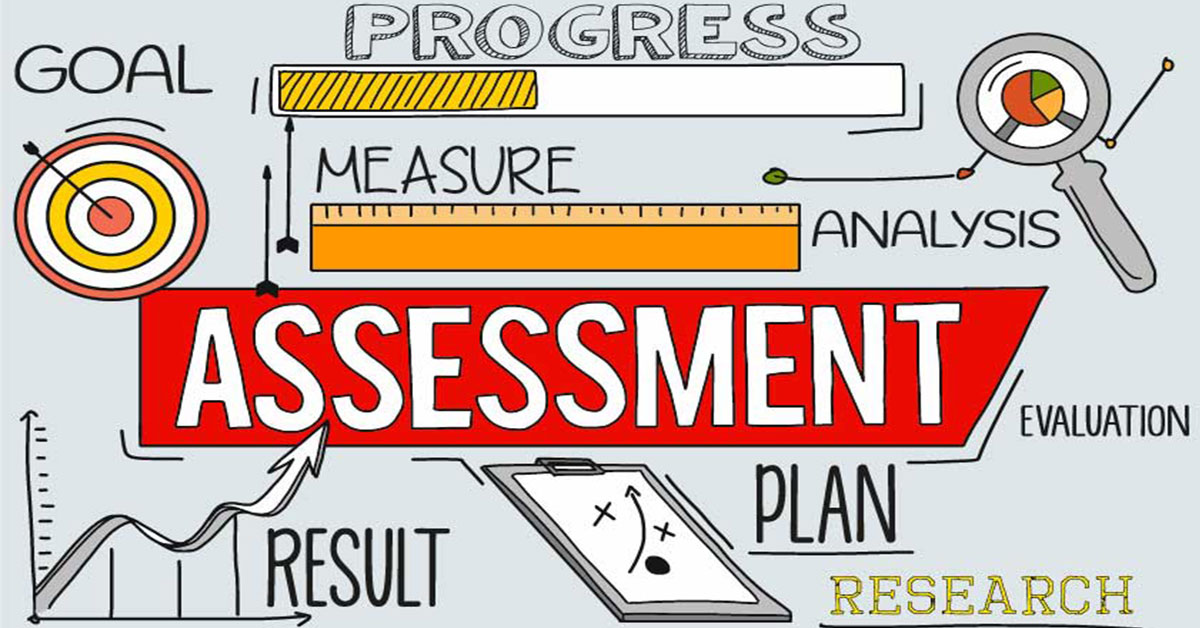Over the past few months, investors have become increasingly more nervous about the current state of the market. Volatility has increased and the incredibly bullish year of 2017 (and early 2018) seems farther and farther in the rearview. Among all the emotion and swirling media narratives, it is now more important than ever to stay calm and rely on data when making investment decisions.
1. The Price Earnings Ratio of the U.S economy is attractive
Looking at the chart below, the current P/E Ratio for the S&P 500 Index is 14.4x, which is around 10% lower than the 25-year average of 16.1x. The current decrease is the result of a large drop in the latter months of 2018, which came as a result of increased interest rates by the Federal Reserve and worries of a potential trade war. We believe that the price-earnings ratio is the best indicator of long term returns in the stock market, and a drop in this metric may present opportunities for the patient investor.

2. Global Price Earnings ratios are also attractive
After looking at earnings through a domestic perspective, we can widen the lens and look at earnings from a more global point of view. Once again, there is a universal dip in the PE Ratios of these regions at the end of 2018, likely due to anxiety about an impending trade war. However, looking at the global valuations column on the right side of the graph below, we can see how every region listed has dipped below their 25-year averages. With no major economic shocks leading to these dips, it is reasonable to believe that opportunities are also available for the patient investor in the global market
https://am.jpmorgan.com/us/en/asset-management/gim/adv/insights/guide-to-the-markets/viewer
3. A balanced portfolio still makes sense for the long-run
One final point to address is 2018 returns based on asset class. Looking at the chart below, there is no doubt that 2018 was a poor year in terms of performance, with cash being the only major asset class that provided positive returns. The easy reaction to this chart is to begin to move everything into cash and fixed income. However, if you look closely, the chart shows yearly growth over the past 14 years (2004-2018), so you can see why we still believe that a balanced portfolio of equities, fixed income and cash reserves will greatly benefit the investor in the long-run.




